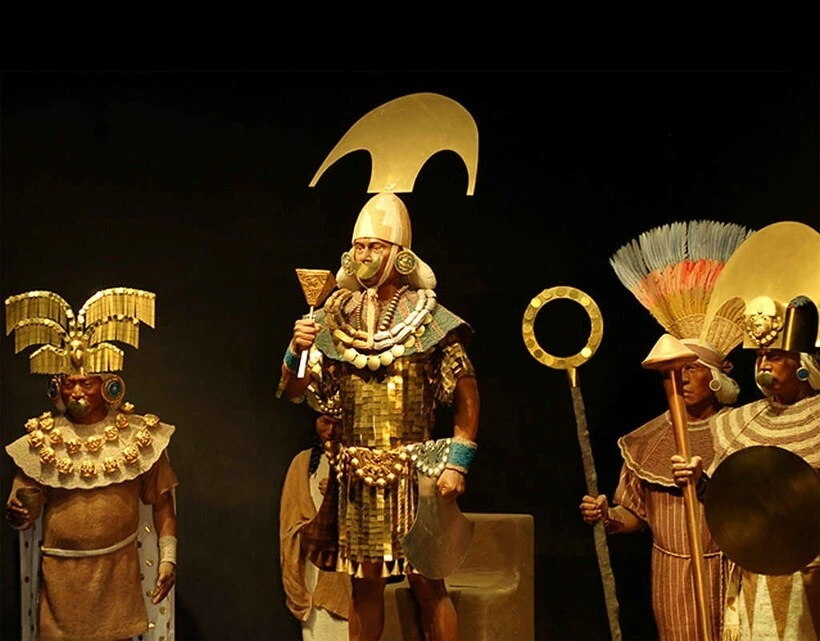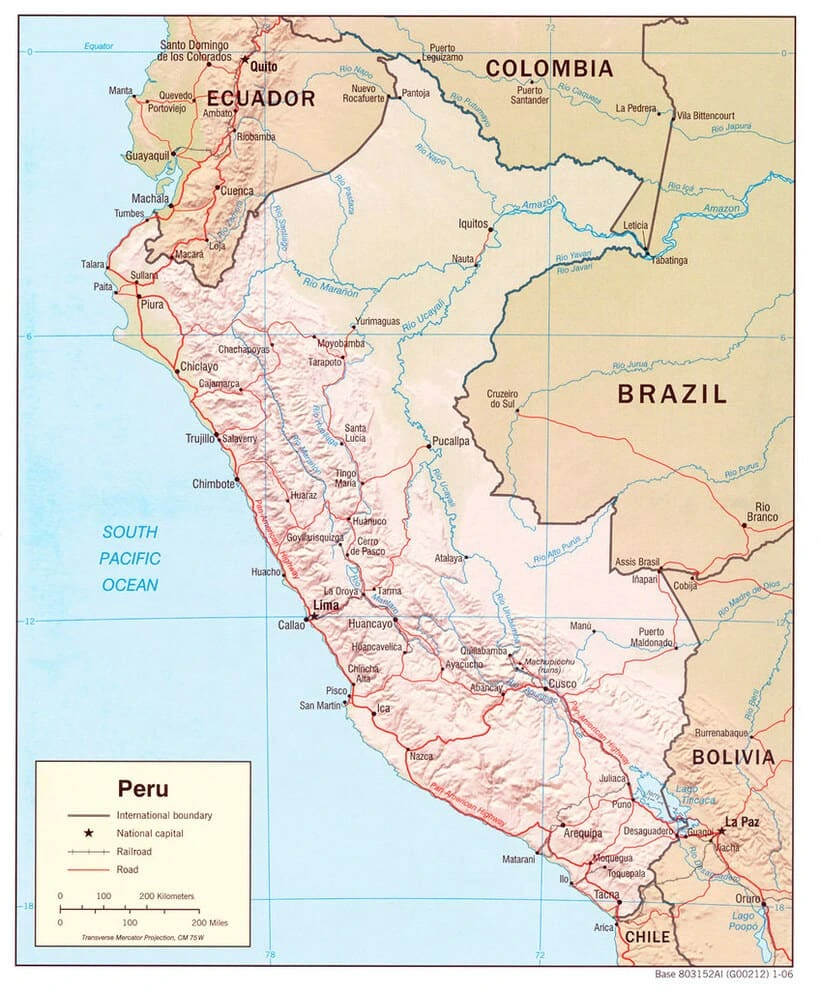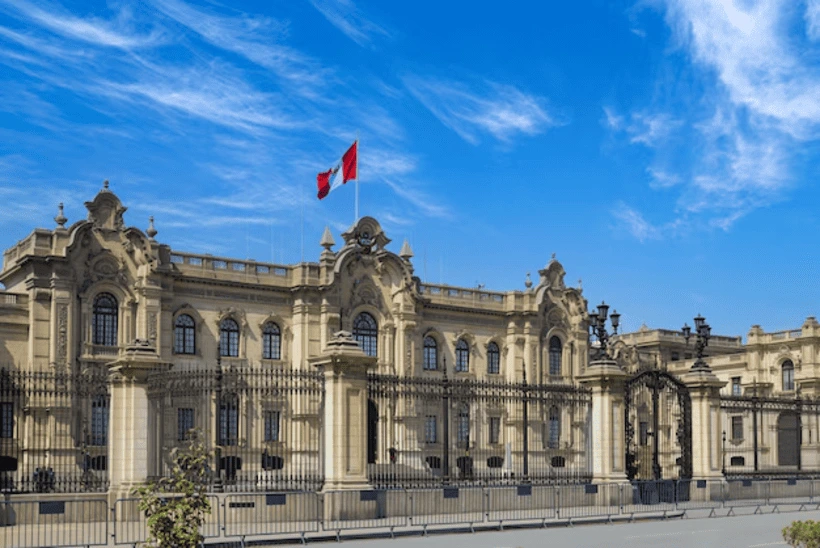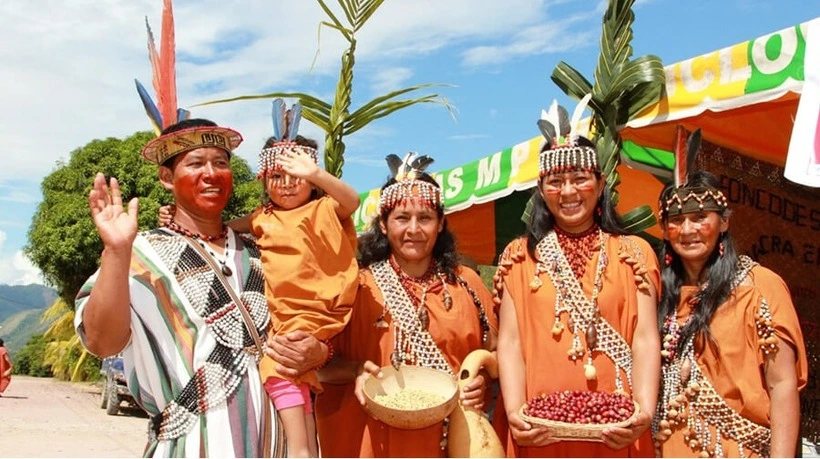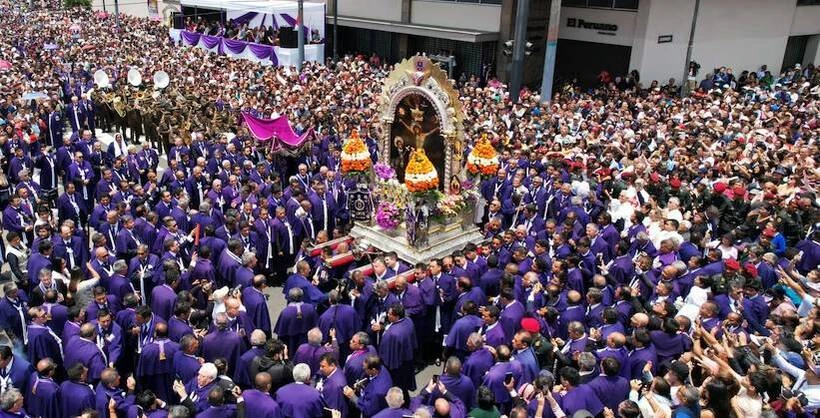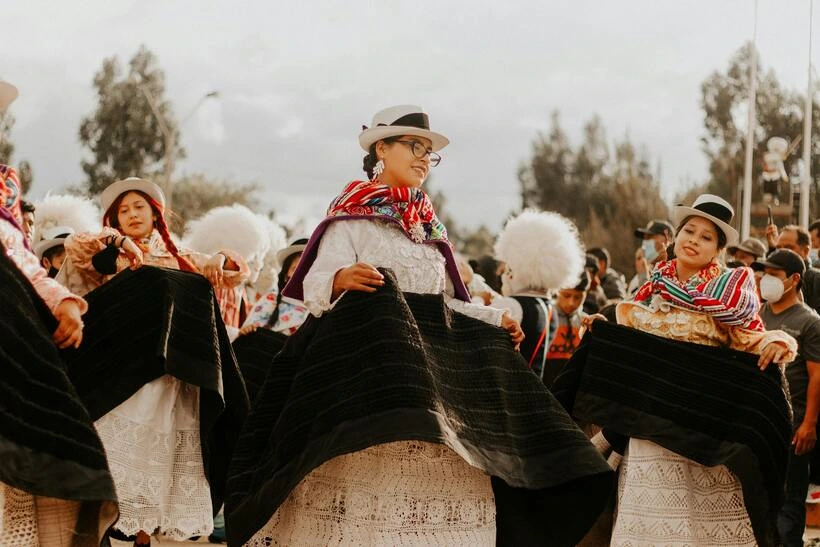Peru is a captivating destination that offers a perfect blend of history, culture, and natural beauty.
Known as the heart of the ancient Inca Empire, it is home to iconic landmarks such as Machu Picchu, one of the New Seven Wonders of the World. Beyond its archaeological treasures, Peru boasts a diverse landscape—from the towering Andes Mountains and the lush Amazon rainforest to the arid coastal deserts and pristine beaches.
With a rich cultural tapestry shaped by indigenous traditions and Spanish influences, Peru is also a paradise for food lovers, renowned globally for its award-winning cuisine, including ceviche, lomo saltado, and pachamanca. Whether you are an adventure seeker, a history enthusiast, or a culinary explorer, Peru promises unforgettable experiences that will leave you wanting more.
Continue reading to know everything about this amazing country called Peru!
History and Archaeology: Beyond the Inca Empire
When people think of Peru, Machu Picchu and the Inca Empire often come to mind. While the Incas are undeniably a cornerstone of Peru’s identity, they were merely the tip of the iceberg in the country’s rich history. Before the Incas rose to power, numerous advanced civilizations thrived, each leaving behind remarkable legacies. Among them were the Caral, Chavín, Paracas, Nazca, Moche, Wari, Lambayeque, Chimu, and Tiwanaku cultures. These societies laid the foundation for the Incas and contributed significantly to Peru’s cultural and historical heritage.
Peru is also a treasure trove of archaeological sites that reflect its complex past. Beyond Machu Picchu, visitors can explore other fascinating locations like the Nazca Lines, the adobe city of Chan Chan, the ancient temple of Chavín de Huántar, the Royal Tombs of Sipán, the Sacred Valley, Kuelap (the fortress of the Chachapoya), and the enigmatic ruins of Sacsayhuamán. Each site unveils a different chapter of Peru’s long and fascinating story.
Geography of Peru: A Land of Diversity
Peru, covering an area of 1,285,215 square kilometers, is the third-largest country in South America, following Brazil and Argentina. It shares borders with Ecuador and Colombia to the north, Brazil to the east, Bolivia to the southeast, Chile to the south, and the Pacific Ocean to the west.
The country's geography is remarkably diverse and can be divided into three main regions:
- The Coast: A narrow, arid strip along the Pacific, home to major cities like Lima and Trujillo.
- The Andes: A rugged mountain range with snow-capped peaks, fertile valleys, and high plateaus.
- The Amazon: A vast tropical rainforest covering over 60% of Peru’s territory, rich in biodiversity and natural resources.
To put its size into perspective, Peru is approximately five times larger than the United Kingdom, which spans about 243,610 square kilometers.
This geographic variety not only offers breathtaking landscapes but also shapes the country’s diverse climates and cultures, making Peru a truly unique and fascinating destination.
The Climate in Peru: A Tale of Contrasts
Peru's climate can generally be divided into two main seasons: wet and dry. Along the desert coast, you'd expect an arid climate. Summer runs from January to March, bringing warmer temperatures. In Lima, however, the weather is famously gray and overcast, often accompanied in Winter by a light mist called “garúa.” Further south, around Nazca, the elevation increases, and the skies are sunny and clear for most of the year, making it hot and bright year-round.
In the Andes and Amazon, the wet and dry seasons are more pronounced. The dry season (May to September) is considered their "summer," with sunny days and cooler nights. The wet season (October to April), often referred to as "winter," brings heavier rains and lush landscapes. While the naming of seasons may seem confusing, it's part of Peru's unique charm—you’ll only truly understand it once you experience it!
Government in Peru: A Democratic Structure
Peru is a democratic republic where presidents typically serve a five-year term, though consecutive terms are not allowed. However, political instability has marked recent years, with six presidents taking office since 2016. The president governs alongside a cabinet of 12 members, who oversee various aspects of the country’s administration.
Voting is mandatory for citizens aged 18 to 60, emphasizing active participation in the nation’s democratic process.
Politically, Peru is divided into 24 departments (or states), further split into 150 provinces and subdivided into 1,322 districts, reflecting a well-organized system of regional and local governance.
Population and People of Peru
Peru has a population of approximately 33 million people, with Lima, the capital, being the most populated city, followed by Arequipa and Trujillo. Nearly half of the population resides in the Andean region, while the rest is distributed along the coast and the Amazon.
The population is diverse: about 50% identify as Indigenous, primarily from Andean communities, while a further third are Mestizo (mixed Indigenous and European heritage). Additionally, 12% identify as White, and about 5% are of African descent, mostly living along the coast. Peru also has a small but notable Asian population, whose influence is particularly visible in the country's cuisine.
Religion in Peru: A Blend of Faiths
As in much of Latin America, the majority of Peruvians are Roman Catholic, a faith introduced during Spanish colonization. Peru is home to a remarkable number of churches, with some dating back to the colonial era. The city of Ayacucho, famously known as the “City of Churches,” boasts an impressive concentration of these historical religious sites.
While Catholicism dominates, other religions are also practiced in Peru. In many Indigenous communities, Catholic traditions are often blended with traditional beliefs, creating a unique spiritual fusion that reflects the country's rich cultural heritage.
Holidays and Festivals in Peru
In Peru, most holidays are tied to the Roman Catholic liturgical calendar, celebrating various saints. However, many of these celebrations also have roots in traditional Indigenous customs, creating a fusion of cultural and religious practices. Other holidays are related to historical and political events, such as Independence Day on July 28th.
During these holidays, it is common to see feasts, music, dancing, drinking, rituals, and processions. Each region may celebrate in its own distinct way, adding local flavors to the festivities.
There are both national holidays and city-specific holidays. On national holidays, public institutions, including banks, may be closed. Public transportation can be crowded, so it’s a good idea to book ahead if you’re traveling during these times.
For more detailed information on Peru's holidays and festivals, check out this link
Language in Peru: A Multilingual Society
The most widely spoken language in Peru is Spanish, which is used by the majority of the population. However, in some regions of the Andes, Quechua and Aymara are also commonly spoken, reflecting the country's Indigenous heritage. For some Indigenous people, Spanish is their second language, with their first language being Quechua, Aymara, or another local language.
Don't worry, though—English is often spoken in major tourist destinations, including hotels, airports, travel agencies, and by many tour guides. However, outside of these areas, you may find that English is less common.
It’s highly recommended to learn some Spanish if possible, as it will open doors to the rest of Latin America. But if learning the language isn't an option, having a dictionary or online translator can be very helpful. Even learning a few basic phrases can enrich your experience and help you connect more deeply with Peru's culture.
As you prepare for this incredible journey, consider traveling with Peruvian Sunrise, where we combine professionalism, quality, and sustainability to offer you an unforgettable experience. With our ISO 9001 certification, we ensure every detail of your trip meets the highest standards, while our commitment to responsible tourism helps preserve Peru’s natural beauty and cultural heritage.
Our tours are designed to provide enriching moments, praised by past travelers for their depth and authenticity. By choosing us, you’re not just exploring Peru—you’re supporting a company that values excellence, sustainability, and meaningful connections. Let us guide you through a journey that will leave you with lasting memories and a positive impact. We can’t wait to welcome you to Peru and make your adventure extraordinary.
FAQS about Peru
Who is the current President of Peru?
As of October 2025, José Jerí serves as the interim President of Peru, after the removal of Dina Boluarte.
Despite recent political changes, life in Peru remains stable and tourism continues to operate normally across the country.
How many presidents has Peru had since 2016?
Peru has had seven presidents since 2016, reflecting a period of political transition.
However, these events have not affected tourism, and visitors continue to enjoy the country safely.
What are the main tourist destinations in Peru?
Peru offers an incredible mix of history, culture, and nature.
Some of the most popular destinations include:
- Machu Picchu – the world-famous Inca citadel
- Cusco & the Sacred Valley – ancient temples, colorful markets, and breathtaking landscapes
- Arequipa & the Colca Canyon – charming colonial architecture and the deepest canyon on Earth
- Lake Titicaca (Puno) – home to the floating Uros Islands
- The Amazon Rainforest – exotic wildlife and unforgettable eco-lodges
- Lima & the Coast – top restaurants, surf beaches, and vibrant nightlife
Is Peru safe for tourists?
Yes! Peru is generally safe for travelers, especially in tourist areas.
As with any destination, take common precautions:
- Keep an eye on your belongings in crowded places
- Use authorized taxis or apps
- Avoid isolated areas at night
Tourism police are present in most major cities, and visitors are warmly welcomed everywhere.
What power plugs are used in Peru?
Peru uses Types A and C power plugs (the same as in the U.S. and most of Europe).
The standard voltage is 220V, so check your electronics before plugging them in.
Fun fact for travelers
Peru has more than 5,000 archaeological sites, 84 of the world’s 117 microclimates, and one of the most diverse cuisines on the planet, making it a dream destination for every kind of traveler!

